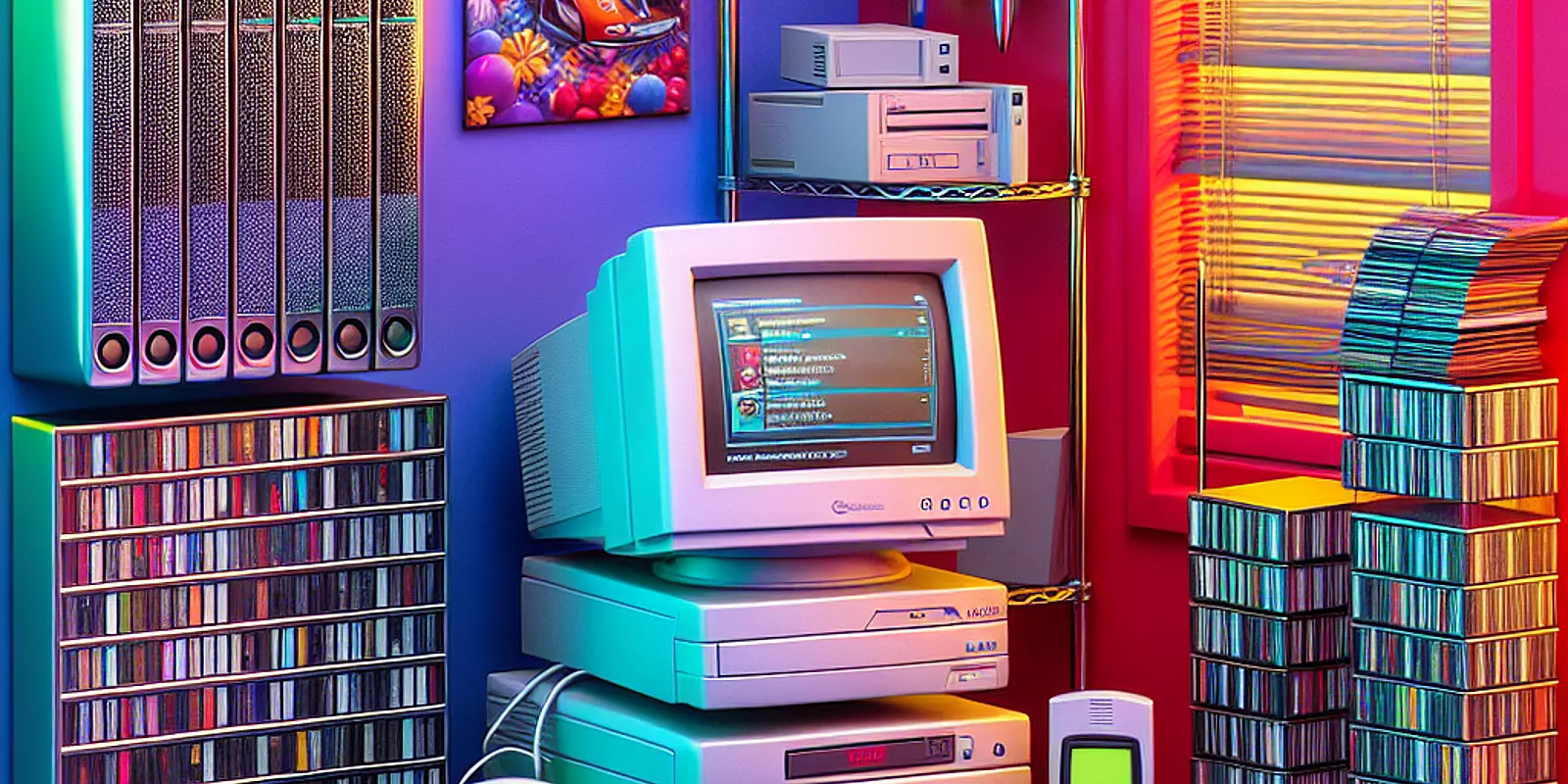
Nostalgia plays a transformative role in design, offering more than just aesthetics—it creates emotional connections. The revival of the 2000s aesthetic in today's digital art isn't just a fleeting trend; it's a powerful narrative that evokes familiarity and sentiment. This era, noted for its vibrant colors, pixelation, and raw visuals, is being reimagined within architectural visualizations and 3D nostalgia, appealing to those who remember it fondly and introducing it to curious newcomers. Let's explore how these nostalgic influences can enrich digital artistry.
The 2000s nostalgia aesthetic is a vibrant blend of digital expression, featuring unique color palettes, geometric shapes, and distinctive styles. Dominated by a bold fusion of electric blues, neon greens, and hot pinks, alongside muted tones, it creates striking visual contrasts. Architecture from this period often included smooth, rounded shapes with pixelated textures, embodying playfulness and innovation.
Imagine the quirky interiors of early internet cafes and digital media agencies, where 2000s web aesthetics shone brightly. Such settings embraced pixelated art and bold colors, crafting dynamic environments. Recognizing these key features allows artists to leverage 2000s nostalgia, crafting 3D aesthetics that evoke a distinct sense of time and place. This aesthetic bridges the past with the present, breathing new life into familiar designs through modern contexts.
To effectively evoke the 2000s in 3D environments, artists must employ techniques that capture the era’s essence. Utilizing low-resolution textures mirrors the authentic visual quality prevalent in early digital works, reminiscent of graphics found in late '90s and early 2000s retro style games.
Take, for example, a digital ad banner revamp using pixelated imagery and striking typography from the early 2000s. This throwback not only excites modern audiences but also taps into nostalgic memories. Incorporating image planes enhances depth while preserving a nostalgic touch, reminiscent of design limitations in early digital creations.
Additionally, post-processing effects, including VHS filters and RGB shifts, play a crucial role. Such effects help recreate the look of vintage TV screens or early video game interfaces, immersing viewers in nostalgic experiences while bridging the connection between past and present.
Post-processing techniques provide powerful tools for reviving 2000s nostalgia in digital art. The use of VHS filters imbues scenes with analog video qualities—graininess, color bleeding, and motion blur—instantly transporting viewers back in time. Meanwhile, RGB shifts introduce depth by subtly displacing an image's color channels, reminiscent of vintage digital displays.
Consider a digital art piece emulating the look and feel of early 2000s TV screens, where misaligned colors instigate reminiscing about technological evolution. When used together, these techniques let digital artists and architects effortlessly navigate between nostalgia and modernity, engaging audiences and sparking reflection on visual culture's evolution.
Integrating retro 3D style elements of the 2000s into today's designs offers more than just a visual appeal; it's a strategic tool for audience engagement. Nostalgia-laden visuals evoke emotional connections, inspiring viewers to reflect on their personal histories amid digital transformation. This is particularly meaningful at a time when consumers encounter hyper-realistic yet oftentimes monotonous imagery.
Take digital marketing campaigns that incorporate retro elements, for example. These campaigns do more than enhance visuals—they create familiarity and relate personally to audiences. Through this approach, designers encourage viewers to travel back in time, adding layers of meaning that resonate deeply.
Our exploration highlights the immense potential of reviving the early 2000s aesthetics in today’s digital art scene. Techniques like low-resolution textures, image planes, and post-processing effects come together to honor a pivotal period in digital design while paving new paths for innovative expression. By embracing this unique fusion, artists can create captivating 3D scenes that deeply resonate.
Let your creative journey be a fusion of past and present. How do you plan to integrate the nostalgia of the 2000s into your work? Share your thoughts and inspire fellow creators!